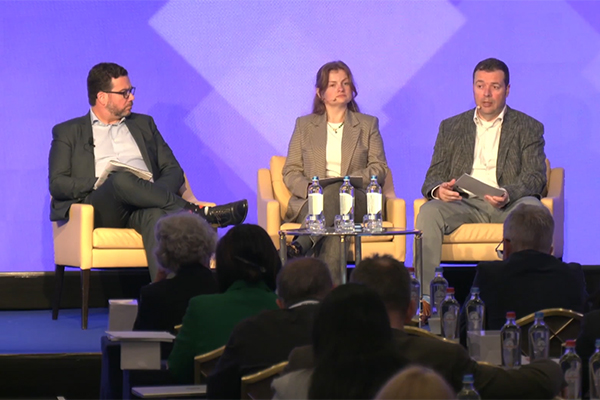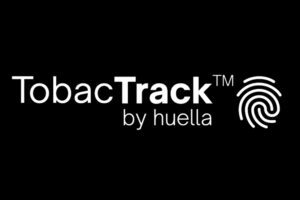At a special session of the Global Tobacco & Nicotine Forum (GTNF), industry and technology experts agreed that robust track-and-trace systems are becoming essential for both compliance and consumer protection, as governments tighten oversight and illicit trade continues to rise. Moderated by Christopher B. Greer, CEO of the Nicotine Resource Consortium, the discussion — “Solutions for Track and Trace” — brought together Nick Daly, Senior Solutions Consultant at Systech International, and Maria Levanova, Product Manager of Connected Logistics at Honeywell.
Greer opened the session by framing the issue within the broader concept of responsible innovation. “Track and trace — we know it’s coming,” he said. “Governments are demanding it, but it’s not just about compliance. Done right, it adds value for manufacturers across the entire supply chain.”
Daly described the growing threat of counterfeit products, calling it “a real epidemic.” “Counterfeiters can invest $1,000 and see a return of $500,000,” he noted. “I don’t usually throw that number out there because it sounds unbelievable, but it’s true — and it’s why regulation is changing dramatically around the globe.”
Daly explained that while Europe has developed a relatively consistent model, “each country still does things differently.” He highlighted Russia’s complex system, which “tracks every single movement of a product” and even charges companies for participation.
“Harm reduction starts with the manufacturer,” Daly said. “If you’re not doing anything about falsified products, your brand reputation is what gets smeared.” He emphasized that effective traceability doesn’t require a full technological overhaul — “it just has to be affordable and accurate.”
Among the innovations he cited were microscopic barcodes and AI-driven inspection systems capable of identifying counterfeit goods at any point in the supply chain. “AI can scan your packaging, learn it in a couple of hours, and then go into stores and detect which products on the shelf aren’t legitimate,” he explained. “If a parent finds a vaping device in a child’s hands, a proper track-and-trace system should tell you exactly which seller it came from.”
He urged manufacturers to partner with technology providers experienced in the rapidly evolving regulatory environment. “Regulations don’t just ‘dot the i’s and walk away’ — they change every year,” Daly said. “Your partner should be the one keeping up.”
Levanova echoed the importance of adaptability and data intelligence. “In seven years, being compliant isn’t enough — you have to use the data your system generates,” she said. Honeywell’s connected logistics tools, she explained, can map the entire product journey, from manufacturing to disposal.
“Modern systems can not only show what happened in your supply chain but prevent issues from happening,” Levanova said. “AI gives you visibility into where something was compromised, provides insights into specific markets, and helps you stay compliant while optimizing your operations.”
She emphasized that track-and-trace must evolve alongside business needs. “Machine learning lets us fix problems on the fly, resend messages, and ensure continuous compliance,” she said. “This is about turning data into foresight — and keeping your business one step ahead of both regulation and risk.”
Together, the panelists underscored that effective track-and-trace systems are no longer optional — they are central to building trust, maintaining safety, and protecting legitimate manufacturers in a globalized, fast-changing market.








 Huella has introduced TobacTrack, a compliance platform leveraging RFID and block chain technology to streamline regulatory oversight for the U.S. Alcohol and Tobacco Tax and Trade Bureau (TTB) and ensure adherence to the Family Smoking Prevention and Tobacco Control Act.
Huella has introduced TobacTrack, a compliance platform leveraging RFID and block chain technology to streamline regulatory oversight for the U.S. Alcohol and Tobacco Tax and Trade Bureau (TTB) and ensure adherence to the Family Smoking Prevention and Tobacco Control Act.









